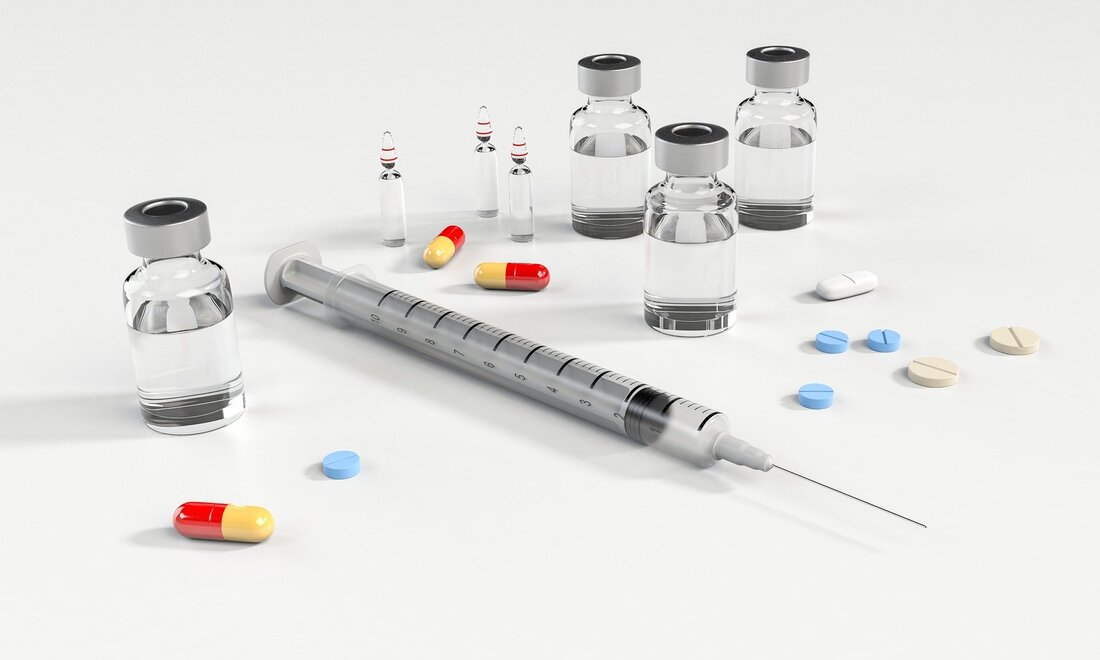|
What is Surgery – Appendicitis Pain Location
DEFINITION The vermiform appendix becomes inflamed and infected. AETIOLOGY A faecolith (inspissated faeces), lymphoid hyperplasia, or oedema might cause luminal blockage. Helminths and caecal cancer are two less common causes of luminal blockage. EPIDEMIOLOGY Any age, with a high incidence in the second and third decades, one of the most common emergency surgical diagnoses in the United Kingdom, with a 7% lifetime risk. HISTORY 50 percent of the time, the classic presentation is as follows: Abdominal pain, first widespread, periumbilical, and colicky (typically 72 hours) (visceral pain lasting a few hours). The pain becomes acute and localised to the RIF (somatic pain due to the involvement of the parietal peritoneum). The most prevalent symptoms are anorexia (the most persistent) and nausea. It's possible that you'll vomit. Pain in the right flank (retrocaecal appendix), right upper quadrant (long appendix), or lower abdomen are other possible symptoms (pelvic appendix). Because the inflamed appendix irritates the bladder or intestine, it may cause urine frequency or loose stools. EXAMINATION Mild pyrexia, flushing of the face, and tachycardia. McBurney's point (2/3 of the way from the umbilicus to the anterior superior iliac spine) is sometimes associated with rebound soreness (visible on percussion) and guarding. Pain in the right iliac fossa evoked by pressure over the left iliac fossa is known as Rovsing's sign. PATHOLOGY/PATHOGENESIS Proliferation of intestinal flora and inflammation that extends transmurally occur as a result of luminal blockage. Swelling causes end artery occlusion and thrombosis, and the appendix becomes gangrenous and necrotic. If left untreated, the inflammation may become localised by the omentum or bowel loops, resulting in an appendix mass or abscess, or perforation with peritonitis. On histology, a carcinoid tumour is occasionally discovered; if it is larger than 1–2cm, a right hemicolectomy is recommended. INVESTIGATIONS Appendicitis is frequently diagnosed clinically. WCC and CRP, LFTs, amylase (to look for biliary pathology, pancreatitis), U&Es are all tests that are done on the blood. In women of childbearing age, urine is used for microscopy, culture, and sensitivity, as well as a pregnancy test. Ultrasound (sometimes difficult to visualise appendix, but useful in competent hands for detecting other pathology, such as ovarian cysts) CT offers a sensitivity of 94% and a specificity of 95%, making it particularly beneficial when other pathology, such as diverticulitis, is concerned, but it exposes the patient to a lot of radiation. Laparoscopy for diagnostic purposes: Allows for precise diagnosis and therapy. MANAGEMENT General: If there are substantial signs of sepsis, IV fluids and broad-spectrum antibiotics are given before and after surgery. If symptoms or indicators are ambiguous, keep an eye on them and re-examine them frequently. An appendicectomy, either open or laparoscopic, is performed (see Procedures). Antibiotics may be continued after surgery, especially if the appendix is gangrenous or perforated. Appendiceal abscess: Drainage is done either percutaneously, using ultrasound or CT guidance, or intraoperatively (with appendicectomy if safe). Antibiotics, parenteral fluids, and periodic reassessment may be used to manage an appendiceal mass, with surgery being considered if clinical deterioration occurs. Interval appendicectomy (Ochsner–Sherren method) is sometimes performed weeks afterwards. If this is not done in adults, a barium enema or colonoscopy should be done to rule out a right colon cancer. COMPLICATIONS Inflammatory mass, appendix abscess, perforation and peritonitis, and portal pyaemia are all possible complications. Wound infection, abscess, ileus, and a faecal fistula from the appendix stump are all possible complications after surgery. PROGNOSIS Appendicectomy is a curative procedure. It can be life-threatening if left untreated. In the extremely young, the elderly, and pregnant women, diagnosis might be difficult; morbidity and mortality are higher in these groups.
0 Comments
Leave a Reply. |
Kembara's Health SolutionsDiscovering the world of health and medicine. Archives
June 2023
Categories
All
|

 RSS Feed
RSS Feed